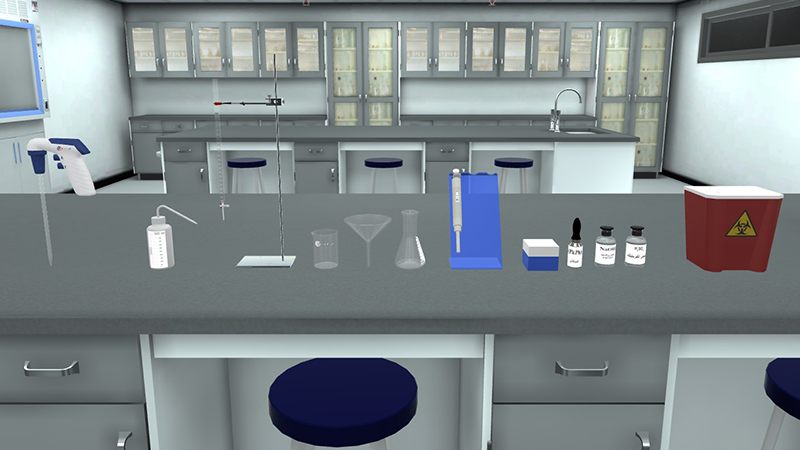Determination of Sulfuric Acid Concentration by Titration
Chemistry | Analytical Chemistry






2.5M+
Active Users Worldwide
80%
Improved Learning Retention
60%
Reduction in Laboratory Costs
Determine the sulfuric acid concentration measurement.
Acid-base Titration
By the of the sulphuric acid experiment, student will:
Requirements of titrimetric reactions:
Types of quantitative reactions:
In H2SO4 concentration determination experiment:
H2SO4 +NaOH Na2SO4 + H2O




